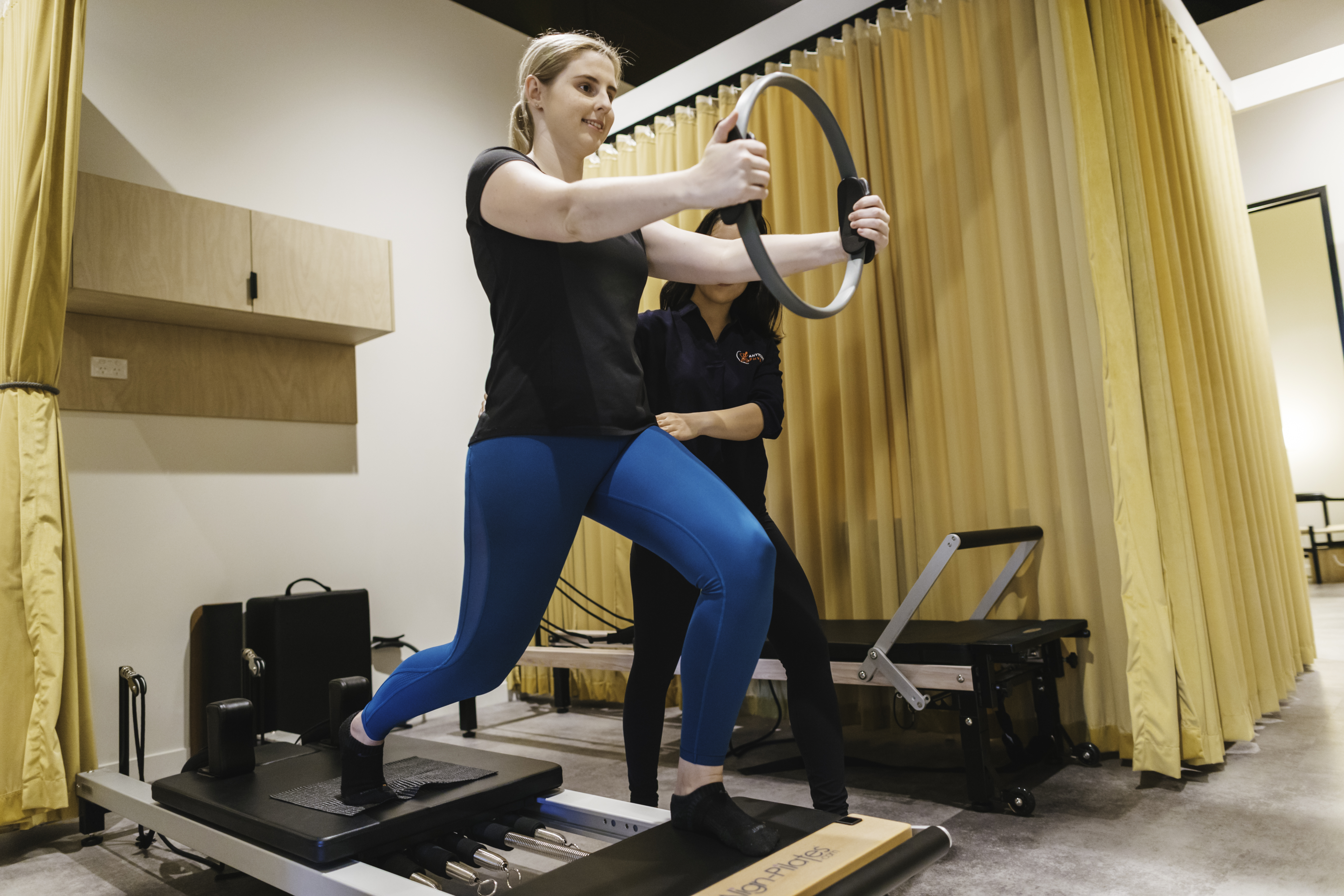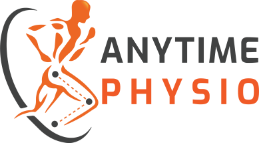
Once scorned by many, exercise has now become a non-negotiable part of people’s lives. It comes in a variety of different forms, all designed to promote inclusivity and achievability based on one’s preferences and level. One of the most popular forms of exercise is Pilates, which has been a crowd favourite for over two decades.
Although its success is undeniable, those looking to pursue the Pilates exercise regime are still met with misconceptions and confusion, especially when it comes to the specific details. Questions on what and whom the exercise is for still run rampant on the internet, prompting others to stay away from ever trying Pilates.
Unfortunately, this also means running away from the potential health benefits Pilates can bring. To help shed light on the truth about Pilates, we’ve come up with a two-part blog series debunking all the common myths associated with the exercise.
To help you achieve a Pilates enlightenment, here are the first three myths you need to stop believing:
Myth #1: It’s just for women
Pilates is home to exercises focusing on the pelvic floor and abdominal area, leading many to believe that it’s only for women. While these can be obvious advantages for women, Pilates is designed for everyone to enjoy and benefit from. The exercise has been invented and named after a man called Joseph Pilates. He was inspired by the Greek ideal of a balanced mind, body, and spirit, leading him to pursue various exercise regimes.
With an extensive background in boxing and gymnastics, Joseph Pilates went on and became popular as a military trainer, and this was where he began developing the exercise regime countless people enjoy today. His exercise system trained men, allowing them to achieve a perfect balance of health and performance.
Pilates later entered the fitness scene and boomed as an exercise for women, which requires a more controlled and flowing approach, as opposed to merely lifting weights. The mainstream media has labelled the exercise routine as such, but its very nature is designed for everyone to perform!
Myth #2: Pilates is the same as yoga
Although Pilates and yoga share some similarities, they are designed differently. Both have the end goal of developing a strong body and mind connection, but the systems and structures within the routines are different. Each form of exercise uses widely opposing movement patterns and exercises.
Pilates, for instance, targets various muscle groups and areas to develop strength and flexibility. Yoga, on the other hand, uses various flowing movements that need to be sustained in specific poses. Both exercises are performed on the floor using mats, but Pilates also requires the support of a variety of tools, including the wunder chair and reformer.
Myth #3: Pilates is too easy or too difficult
Contrary to what many believe, Pilates can be used by people in various exercise levels. It can be enjoyed by a beginner and a professional, as well as those with restrictions and limitations. Pilates is highly flexible and can be modified depending on the need, preferences, and other demands.
While it can be difficult to begin, Pilates allows you to build strength, power, movement, and above all, stability. It’s a never-ending process of learning and achieving, so it’s never too easy or too difficult.
Enjoying the Benefits of Pilates
Seeing as a wealth of resources are readily available on the internet, it can be rather easy to believe everything you read. When it comes to your health, however, ample research and a strong desire to learn is necessary. This also encompasses your choice of exercise, so if you’re looking to pursue Pilates any time soon, you now have proper knowledge in your arsenal. If you’re looking for more, don’t hesitate to join us on the second part of our myth-busting journey—there’s plenty more to Pilates myths to uncover!
If you’re on the hunt for the best Brisbane physiotherapy clinic, Anytime Physio is the place to go. We are a family-owned clinic, offering you cost-effective pilates services, remedial massage, and other physiotherapy needs. Allow our experts to connect you with a treatment plan that best suits your needs. Reach out to us today to learn more.

